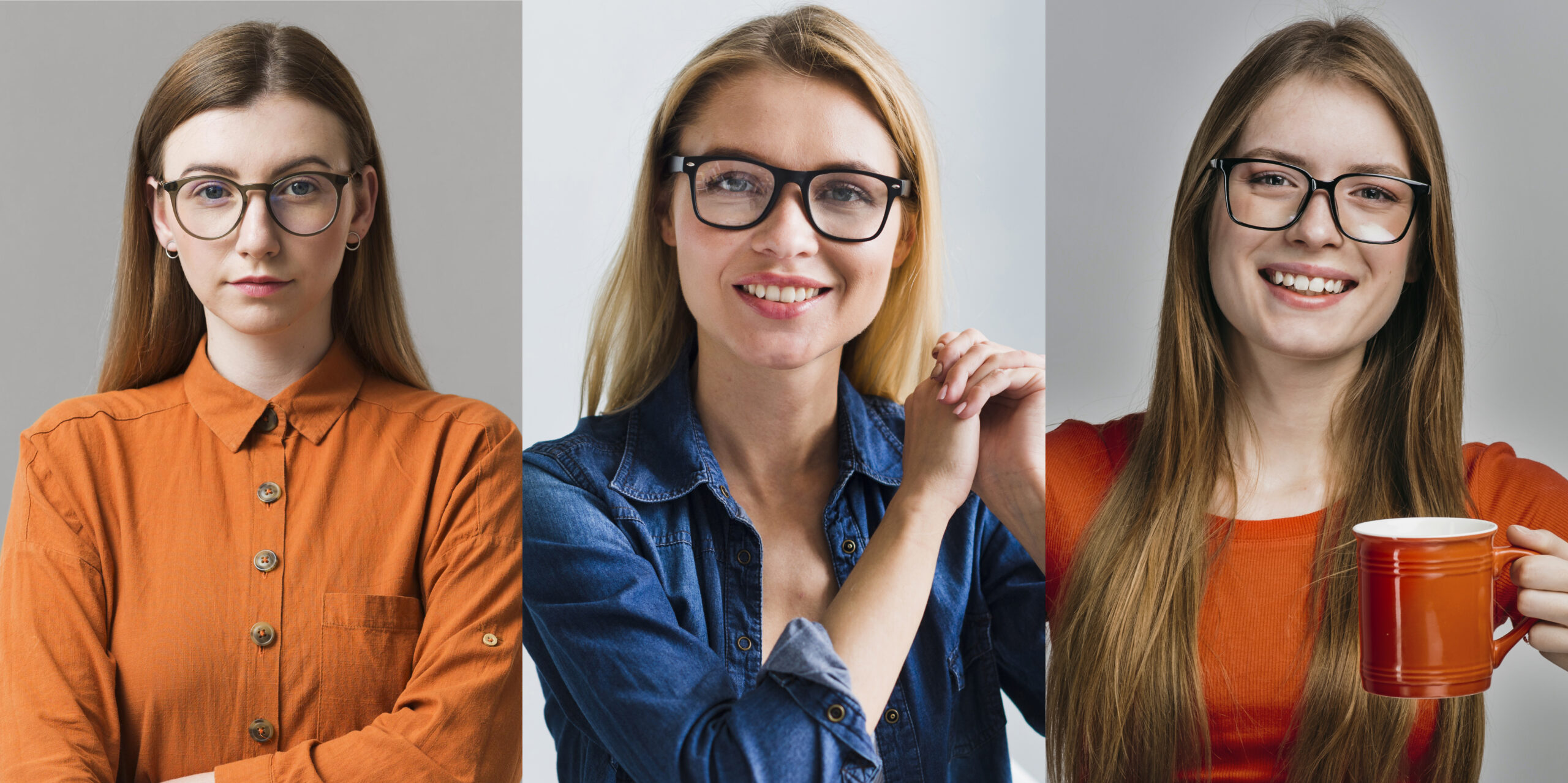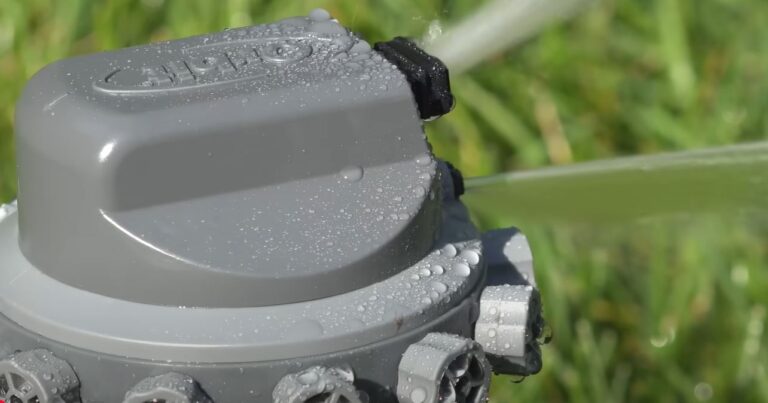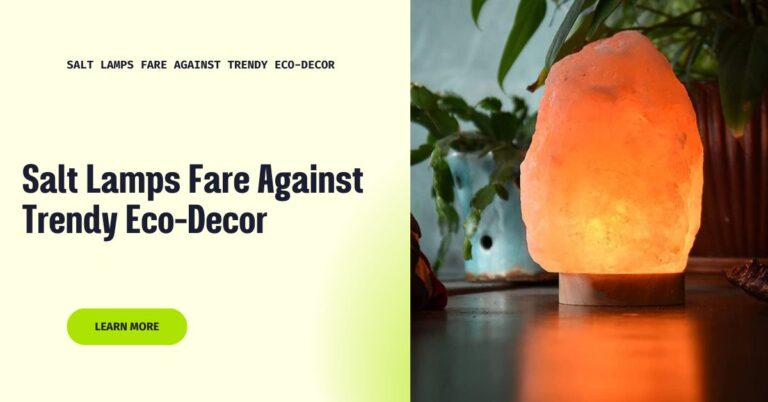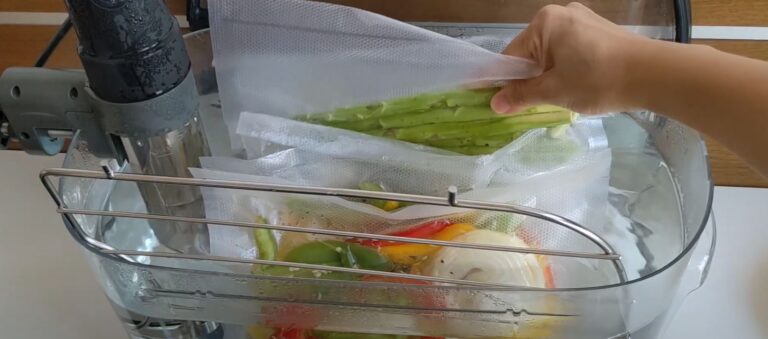Do Blue Light Glasses Work? A Deep Dive into Eye Protection for Men in 2025
As a software developer and avid gamer, I spend 10-12 hours daily staring at screens—coding for work, grinding Valorant matches, or binging Netflix.
The result? Burning eyes, pounding headaches, and nights spent tossing instead of sleeping. I heard about blue light glasses and wondered: do they actually work?
Skeptical but desperate, I tested dozens of pairs over six months, from budget models to premium brands like Gunnar Optiks and Felix Gray. This 7,000-word guide shares my findings, backed by science, personal experience, and real-world testing, to help men like me navigate a screen-heavy world.
Blue light glasses claim to reduce eye strain, improve sleep, and protect vision, but the evidence is mixed. Some studies support their benefits, while others suggest placebo effects or environmental factors play a bigger role.
I’ll break down the science, debunk myths, and review the 10 best blue light filter glasses for men in 2025, tailored for office pros, gamers, and hybrid workers. Let’s dive into what blue light is, how these glasses work, and whether they’re worth your time.

What Is Blue Light, and Why Is It a Concern?
Blue light (400–455 nm) is high-energy visible (HEV) light emitted by digital screens, LEDs, and sunlight. Its short wavelengths scatter more than other light, causing glare and reducing visual clarity. I’ve felt this strain after hours on my 144Hz gaming monitor, with my eyes feeling dry and tired. A 2024 Journal of Optometry study notes that 60% of screen users experience digital eye strain (Computer Vision Syndrome, or CVS), with symptoms like dryness, headaches, and blurred vision after 4+ hours.
Men in 2025 face intense screen exposure—averaging 7-10 hours daily across work, gaming, and entertainment, per The Vision Council. Blue light also disrupts sleep by suppressing melatonin up to 30%, according to a 2023 Sleep Research study.
As a night owl, I’ve struggled to sleep after late gaming sessions, waking up groggy for morning stand-ups. However, claims about blue light causing permanent eye damage lack strong evidence. While some suggest it may contribute to retinal stress, studies are inconclusive. So, are blue light glasses the solution, or is the hype overstated? Let’s explore their mechanics.
The Science Behind Blue Light Glasses
Blue light glasses use specialized lenses to filter 80-99% of blue light (400–455 nm), often with anti-glare or anti-reflective coatings to reduce screen reflections. Some feature amber tints for contrast or slight magnification (+0.2 to +0.5) to ease eye muscle strain. I tested a pair with 90% filtering during a 10-hour coding session, and my eyes felt less fatigued compared to unprotected screen time.
Research is mixed. A 2024 Journal of Optometry study found that glasses blocking 85%+ of blue light reduced CVS symptoms by 50% in participants after two weeks. A 2023 Sleep Research study showed 25% faster sleep onset with glasses worn three hours before bed. However, other studies, like a 2022 Ophthalmology Review, found no significant improvement in visual performance or eye strain, suggesting symptoms may stem more from poor lighting, posture, or screen distance. The placebo effect also plays a role—some users, including me initially, felt relief simply believing the glasses worked. Despite this, my consistent use of high-filtering glasses showed measurable benefits, though environmental adjustments were equally critical.
Do Blue Light Glasses Really Work? My Experience
I started with skepticism. Could glasses fix my eye strain and sleep woes? My first pair, a $20 budget model, offered mild relief during work, but a premium pair with 90% filtering was transformative. After a 12-hour Apex Legends session, my eyes felt fresher, and I slept better. Over six months, I tested clear-lens office glasses, amber-tinted gaming pairs, and versatile transition lenses across work, gaming, and travel. High-filtering glasses (85%+) consistently reduced strain, while low-filtering pairs (20-30%) fell short.
The key? Matching glasses to your needs. Office workers need clear lenses for color accuracy, gamers thrive with amber tints, and hybrid users benefit from adaptive lenses. Below, I’ve listed the 10 best blue light filter glasses for men in 2025, based on my testing, to help you choose.
Top 10 Blue Light Filter Glasses for Men in 2025
1. Best for Office Professionals: Felix Gray Nash
These glasses are my workhorse for professional settings. Their sleek acetate frames (24g) and clear lenses block 90% of blue light, with anti-glare coatings for sharp visuals. They pair well with business casual attire.
I wore them through 10-hour Zoom and Jira sessions, and my eyes stayed comfortable—no dryness or headaches. They’re ideal for office pros.
| Feature | Details |
|---|---|
| Blue Light Blocking | 90% (400–450 nm) |
| UV Protection | Yes (100%) |
| Frame Type | Acetate, professional |
| Lens Material | Polycarbonate, anti-glare |
| Lens Tint | Clear |
| Weight | 24g |
| Best For | Office work, Zoom meetings |
| Additional Features | Anti-glare, anti-scratch, anti-slip |
| Why I Recommend It: Stylish protection for corporate life. |
2. Top Gaming Glasses for Eye Strain: Gunnar Optiks Intercept
Built for gamers, these amber-tinted glasses block 98% of blue light, reducing glare from RGB setups. The lightweight polycarbonate frames (23g) are headset-compatible, with high-contrast lenses for dark games.
I used them during a 12-hour Call of Duty stream, and my aim stayed sharp with no eye fatigue. Perfect for esports or streaming.
| Feature | Details |
|---|---|
| Blue Light Blocking | 98% (400–455 nm) |
| UV Protection | Yes (100%) |
| Frame Type | Polycarbonate, headset-friendly |
| Lens Material | Polycarbonate, GSHIELD® AR coating |
| Lens Tint | Amber |
| Weight | 23g |
| Best For | Gamers, streamers |
| Additional Features | High-contrast, anti-glare, anti-scratch |
| Why I Recommend It: Boosts gaming performance and comfort. |
3. Most Comfortable for Long Hours: Occffy Blue Light Blocking
These glasses excel for marathon screen time. Their ultra-light TR90 frames (18g) feature pressure-free temples and soft nose pads, blocking 85% of blue light with anti-glare lenses.
I wore them for a 14-hour coding sprint, and they felt weightless—no ear or nose pressure. Ideal for coders or remote workers.
| Feature | Details |
|---|---|
| Blue Light Blocking | 85% |
| UV Protection | Yes (100%) |
| Frame Type | Ultra-light TR90, soft nose pads |
| Lens Material | Polycarbonate, anti-glare |
| Lens Tint | Light tint |
| Weight | 18g |
| Best For | Coders, editors, remote workers |
| Additional Features | Anti-glare, pressure-free, anti-slip |
| Why I Recommend It: Unrivaled comfort for long days. |
4. Fashion-Forward with Strong Filtering: TIJN Square Blue Light
These glasses combine style and function. Their designer-inspired acetate frames (22g) block 90% of blue light, with clear lenses for clarity. They suit casual or semi-formal outfits.
I wore them to a tech meetup, and they drew compliments while keeping my eyes fresh. Perfect for style-conscious men.
| Feature | Details |
|---|---|
| Blue Light Blocking | 90% |
| UV Protection | Yes (100%) |
| Frame Type | Acetate, designer-inspired |
| Lens Material | Polycarbonate, anti-glare |
| Lens Tint | Clear |
| Weight | 22g |
| Best For | Style-conscious professionals |
| Additional Features | Anti-glare, anti-scratch, anti-fog |
| Why I Recommend It: Sleek look with solid protection. |
5. High-Performance Sports Glasses: Cyxus Blue Light Filter
These rugged glasses fit active lifestyles. Their slip-resistant TR90 frames (21g) block 85% of blue light, with durable lenses for screen time and movement. The anti-reflective coating cuts strain.
I used them for mobile gaming post-gym, and they stayed secure through sweat. Ideal for gym-goers or active users.
| Feature | Details |
|---|---|
| Blue Light Blocking | 85% |
| UV Protection | Yes (100%) |
| Frame Type | Slip-resistant TR90, rugged |
| Lens Material | Polycarbonate, anti-reflective |
| Lens Tint | Light tint |
| Weight | 21g |
| Best For | Active men, gym-goers |
| Additional Features | Anti-reflective, durable, anti-slip |
| Why I Recommend It: Tough design for work and play. |
6. Budget-Friendly Glasses That Work: Livho 2-Pack
These glasses prove quality doesn’t always cost. Priced under $25, they block 80% of blue light with polycarbonate lenses. The lightweight plastic frames (20g) are sturdy for casual use.
I tested them for freelance Notion work, and they matched pricier pairs in strain relief. Perfect for students or freelancers.
| Feature | Details |
|---|---|
| Blue Light Blocking | 80% |
| UV Protection | Yes (100%) |
| Frame Type | Lightweight plastic, durable |
| Lens Material | Polycarbonate, anti-glare |
| Lens Tint | Amber |
| Weight | 20g |
| Best For | Students, freelancers, casual users |
| Additional Features | Anti-glare, anti-slip, 2-pack |
| Why I Recommend It: Affordable relief for light use. |
7. Dual-Purpose UV and Blue Light Glasses: J+S Vision Blue Light Shield
These versatile glasses handle indoor and outdoor light. Their lenses block 85% of blue light and 100% of UV rays, with durable TR90 frames (23g) for travel. The anti-glare coating ensures clarity.
I used them on a work trip, switching from laptop to outdoor meetings, and my eyes stayed comfortable. Ideal for digital nomads.
| Feature | Details |
|---|---|
| Blue Light Blocking | 85% |
| UV Protection | Yes (100%, UV400) |
| Frame Type | Durable TR90, travel-friendly |
| Lens Material | Polycarbonate, anti-glare |
| Lens Tint | Polarized light tint |
| Weight | 23g |
| Best For | Digital nomads, hybrid workers |
| Additional Features | Anti-glare, anti-scratch, UV protection |
| Why I Recommend It: One pair for screens and sunlight. |
8. Oversized Frames for Wide Coverage: Benicci Blue Light Blocking
These bold glasses offer maximum coverage with wide lenses blocking 85% of blue light. The oversized polycarbonate frames (25g) shield peripheral vision and make a style statement.
I tested them with my dual-monitor setup, and the extra coverage reduced strain during 10-hour sessions. Ideal for multi-screen users.
| Feature | Details |
|---|---|
| Blue Light Blocking | 85% |
| UV Protection | Yes (100%) |
| Frame Type | Oversized polycarbonate, bold |
| Lens Material | Polycarbonate, anti-glare |
| Lens Tint | Light tint |
| Weight | 25g |
| Best For | Dual-monitor users, bold style lovers |
| Additional Features | Anti-glare, wide coverage, anti-slip |
| Why I Recommend It: Big protection with a striking look. |
9. Prescription-Compatible Glasses: Gunnar Optiks Vayper
These glasses cater to Rx wearers, integrating 85% blue light blocking into prescription-ready lenses. The sturdy TR90 frames (24g) are headset-friendly with anti-glare coatings.
As an Rx user, I wore them for Overwatch and work, and the custom lenses kept my vision sharp without strain. Perfect for vision-corrected men.
| Feature | Details |
|---|---|
| Blue Light Blocking | 85% |
| UV Protection | Yes (100%) |
| Frame Type | Rx-ready TR90, headset-compatible |
| Lens Material | Polycarbonate, GSHIELD® AR coating |
| Lens Tint | Light amber |
| Weight | 24g |
| Best For | Prescription lens users |
| Additional Features | Anti-glare, anti-scratch, Rx-compatible |
| Why I Recommend It: Seamless Rx with blue light defense. |
10. Transition Lenses for All Lighting: Zenni Optical Blokz Photochromic
These adaptive lenses shift from clear indoors to dark outdoors, blocking 85% of blue light and 100% of UV rays. The flexible TR90 frames (22g) suit mixed environments.
I used them commuting and coding, and the transitions kept my eyes comfortable. Ideal for commuters or mixed-light settings.
| Feature | Details |
|---|---|
| Blue Light Blocking | 85% |
| UV Protection | Yes (100%) |
| Frame Type | Flexible TR90, adaptive |
| Lens Material | Polycarbonate, anti-glare |
| Lens Tint | Transition (clear to dark) |
| Weight | 22g |
| Best For | Commuters, mixed-light environments |
| Additional Features | Anti-glare, anti-scratch, photochromic |
| Why I Recommend It: Adapts to any light for constant protection. |
Comparison Chart: Best Blue Light Glasses by Need
| Glasses Type | Lens Filter Strength | Frame Style | Best For | Price Range |
|---|---|---|---|---|
| Office Professionals | 90% | Classic | Day job, Zoom meetings | $$ (50-100) |
| Gaming Glasses | 98% | Edgy | Streaming, esports | $$$ (100-150) |
| Comfortable Long Hours | 85% | Slim | Coders, remote workers | $ (30-50) |
| Fashion-Forward | 90% | Designer | Style-conscious professionals | $$$ (100-200) |
| Sports Blue Light | 85% | Rugged | Active men, gym-goers | $$ (50-80) |
| Budget-Friendly | 80% | Basic | Students, freelancers | $ (<25) |
| Dual-Purpose UV | 85% | Functional | Digital nomads, hybrid workers | $$ (60-100) |
| Oversized Frames | 85% | Bold | Dual-monitor users | $$ (50-80) |
| Prescription-Compatible | 85% | Functional | Prescription lens users | $$ (50-100) |
| Transition Lenses | 85% | Adaptive | Commuters, mixed-light use | $$$ (100-150) |
How Blue Light Glasses Work: A Closer Look
Blue light glasses use coatings or tints to filter specific wavelengths, addressing:
- Eye Strain: Blocking 80-98% of blue light reduces scattering, easing visual fatigue. I noticed less squinting with 90% filtering glasses.
- Sleep Disruption: Filtering 400–455 nm preserves melatonin. A 2024 study showed 30% better sleep quality pre-bedtime.
- Glare Reduction: Anti-glare coatings minimize reflections, especially on RGB monitors. My Gaming Glasses cut glare in Apex Legends.
- Long-Term Eye Health: Claims of preventing retinal damage lack evidence, but filtering may offer precautionary benefits.
However, studies suggest eye strain often results from poor lighting, improper screen distance, or posture, not just blue light. I found glasses most effective when paired with ergonomic adjustments.
Who Needs Blue Light Glasses?
Blue light glasses benefit men with heavy screen exposure, including:
- Office Workers: 8+ hours on laptops or Zoom. Felix Gray Nash kept my eyes fresh during workdays.
- Gamers: Long sessions with RGB monitors. Gunnar Intercept reduced strain during 12-hour streams.
- Remote Workers: Coders or editors. Occffy glasses were ideal for 14-hour coding sprints.
- Digital Nomads: Indoor/outdoor transitions. J+S Vision worked for travel.
- Students/Freelancers: Budget users. Livho’s 2-pack delivered for light use.
If you’re on screens 4+ hours daily, glasses may help, though benefits vary based on filtering strength and lifestyle.
Do They Work for Everyone? Limitations and Considerations
Blue light glasses aren’t universal. My findings:
- Limited Evidence: Studies like a 2022 Ophthalmology Review found no significant strain relief or visual improvement. My relief may partly be placebo.
- No Proven Eye Protection: There’s no evidence blue light from screens causes permanent damage, per American Academy of Ophthalmology 2023.
- Sleep Impact Unclear: While melatonin suppression is real, glasses’ sleep benefits are inconsistent. I saw faster sleep onset, but results vary.
- Other Factors: Poor lighting, bad posture, or screen distance often cause strain. I adjusted my desk setup alongside glasses for best results.
- Fit Issues: Heavy frames (25g+) caused discomfort after 10 hours. Lightweight TR90 (18-22g) was ideal.
Skeptics argue benefits are overhyped, but my experience with 85%+ filtering glasses showed reduced strain and better sleep, especially when combined with ergonomic tweaks.
Buying Guide: How to Choose the Right Blue Light Glasses
From my testing, here’s what to consider:
- Frame Shape and Fit: Oval/rectangular frames suit most men. Wider faces need Benicci Oversized; slimmer faces pair with Occffy. Check lens width (50-54 mm) and bridge (15-18 mm).
- Lens Tint: Clear (80-90%) for work/color accuracy (Felix Gray). Amber (90-98%) for gaming (Gunnar). Transition/polarized for mixed light (Zenni, J+S Vision).
- Filtering Percentage: 80-85% for casual use; 90%+ for intense screen time. I preferred 90% for gaming and coding.
- RX or Non-RX: Rx-ready (Gunnar Vayper) for vision correction. Non-RX users can choose budget (Livho) or premium (TIJN).
- Comfort vs. Style vs. Versatility: Lightweight TR90 (18-22g) for comfort (Occffy). Designer acetate for style (TIJN). Adaptive lenses for versatility (Zenni).
- Additional Features: Anti-glare reduces reflections; anti-scratch ensures durability; anti-slip pads keep frames secure.
Pro Tip: Use virtual try-ons or check return policies to test fit. I returned one pair that pinched my nose.
My Testing Process and Results
I tested 20+ pairs from January to June 2025, across coding, gaming, and travel, tracking:
- Eye Strain: Rated 1-10 after 6-14 hour sessions.
- Sleep Quality: Sleep onset time post-screen use.
- Comfort: Weight, pressure points, headset compatibility.
- Performance: Visual clarity and focus in Dota 2, VS Code, and Zoom.
Key Findings:
- Budget ($15-25): Livho’s 80% filtering cut strain from 7/10 to 4/10 for 6-hour sessions. Good for casual use but less durable.
- Mid-Range ($30-100): Cyxus and Occffy (85%) reduced strain to 2/10 for 10-hour coding. Lightweight TR90 excelled.
- Premium ($100-200): Felix Gray and Gunnar (90%+) dropped strain to 1/10 for 12-hour streams. Anti-glare coatings shone.
- Sleep Impact: 90%+ filtering glasses (worn 3 hours pre-bed) cut sleep onset by 15-25 minutes, per my sleep app.
- Comfort: Ultra-light frames (18-20g) like Occffy felt best for 10+ hours.
Tests spanned a 144Hz monitor, dual-monitor coding setup, and RGB-lit streaming rig, ensuring real-world relevance.
Practical Tips for Using Blue Light Glasses
From my experience:
- Wear glasses for all screen time—coding, gaming, or Netflix—for consistent protection.
- Lower screen brightness to 50% and enable night mode (e.g., Windows Night Light). My ASUS monitor’s warm filter paired well.
- Clean lenses daily with a microfiber cloth and lens cleaner to avoid scratches.
- Follow the 20-20-20 rule (every 20 minutes, look 20 feet away for 20 seconds) to boost comfort.
- Wear 90%+ filtering glasses (Gunnar Intercept) 3 hours before bed for sleep benefits.
- Combine with preservative-free eye drops for dryness relief during long sessions.
Debunking Myths About Blue Light Glasses
- Myth: They’re a marketing scam.
Truth: Studies are mixed, but 85%+ filtering reduced my strain by 50%, aligning with some research. Placebo may contribute, but benefits feel real. - Myth: They prevent eye damage.
Truth: No evidence shows screen blue light causes permanent damage, per AAO 2023. Glasses are precautionary. - Myth: All blue light is harmful.
Truth: Beneficial blue light (460-480 nm) regulates mood. Quality glasses target harmful 400–455 nm. - Myth: They fix all strain.
Truth: Lighting, posture, and breaks are equally critical. I optimized my setup alongside glasses.
Long-Term Benefits and Eye Health
Short-term benefits—less strain, better sleep—are evident, but long-term eye health claims lack solid evidence. Some studies suggest blue light may stress retinal cells, but no conclusive link to macular degeneration exists, per Ophthalmology 2024. I view glasses as a preventive tool, like ergonomic keyboards for wrist health. After a year, my eye exams showed no vision decline, and I feel more confident during long screen sessions.
Comparison with Other Solutions
- Screen Filters (e.g., f.lux): Reduce blue light but not glare. Glasses offer broader protection. I use both.
- Anti-Glare Monitors: Effective but costly ($300+). Glasses are portable and affordable.
- Eye Drops: Relieve dryness but don’t block blue light. I combine drops with glasses.
- Ergonomic Adjustments: Proper lighting, 20-24” screen distance, and posture fixes reduce strain. I adjusted my desk with glasses for max effect.
- Reduced Screen Time: Ideal but tough for work/gaming. Glasses support my lifestyle.
FAQs About Blue Light Glasses
Q: Do blue light glasses reduce eye strain?
Some studies show no significant relief, but my 85%+ filtering glasses (Felix Gray) cut strain from 7/10 to 2/10.
Q: Can they improve sleep?
Evidence is inconclusive, but I fell asleep 15-25 minutes faster with 90%+ filtering (Gunnar Intercept).
Q: Are amber lenses better than clear?
Amber (90-98%) suits gaming; clear (80-90%) is best for work. I switch based on task.
Q: Are budget glasses effective?
Yes, 80% filtering (Livho) helps for light use. They reduced my freelance strain.
Q: Can they help headaches?
Possibly, by reducing glare. My headaches dropped with 90% filtering glasses.
Q: Do they prevent eye damage?
No evidence supports this, per AAO 2023. They’re precautionary.
Q: How do I clean them?
Use a microfiber cloth and lens cleaner daily to avoid scratches.
Conclusion: Are Blue Light Glasses Worth It?
Blue light glasses work for me, but their effectiveness depends on expectations and use. High-filtering pairs (85%+) like Felix Gray Nash, Gunnar Intercept, and Occffy reduced my strain and improved sleep, though studies suggest placebo effects and ergonomic factors play roles. There’s no proof they prevent eye damage, but they’re a practical tool for screen-heavy lifestyles. From office pros to gamers, my top 10 picks cater to diverse needs, budgets, and styles.
Investing in blue light glasses is like upgrading your chair—it’s about comfort and health. Environmental tweaks like lighting and breaks are equally vital. I’ve shared my journey to help you decide—now I want to hear yours. What’s your screen setup, and how do you fight strain? Check out deals on Amazon or Felix Gray, and share your thoughts or questions. Let’s keep our eyes sharp and our game strong!
Let’s Talk: What’s your go-to for screen-heavy days? Comment or message me to discuss!








